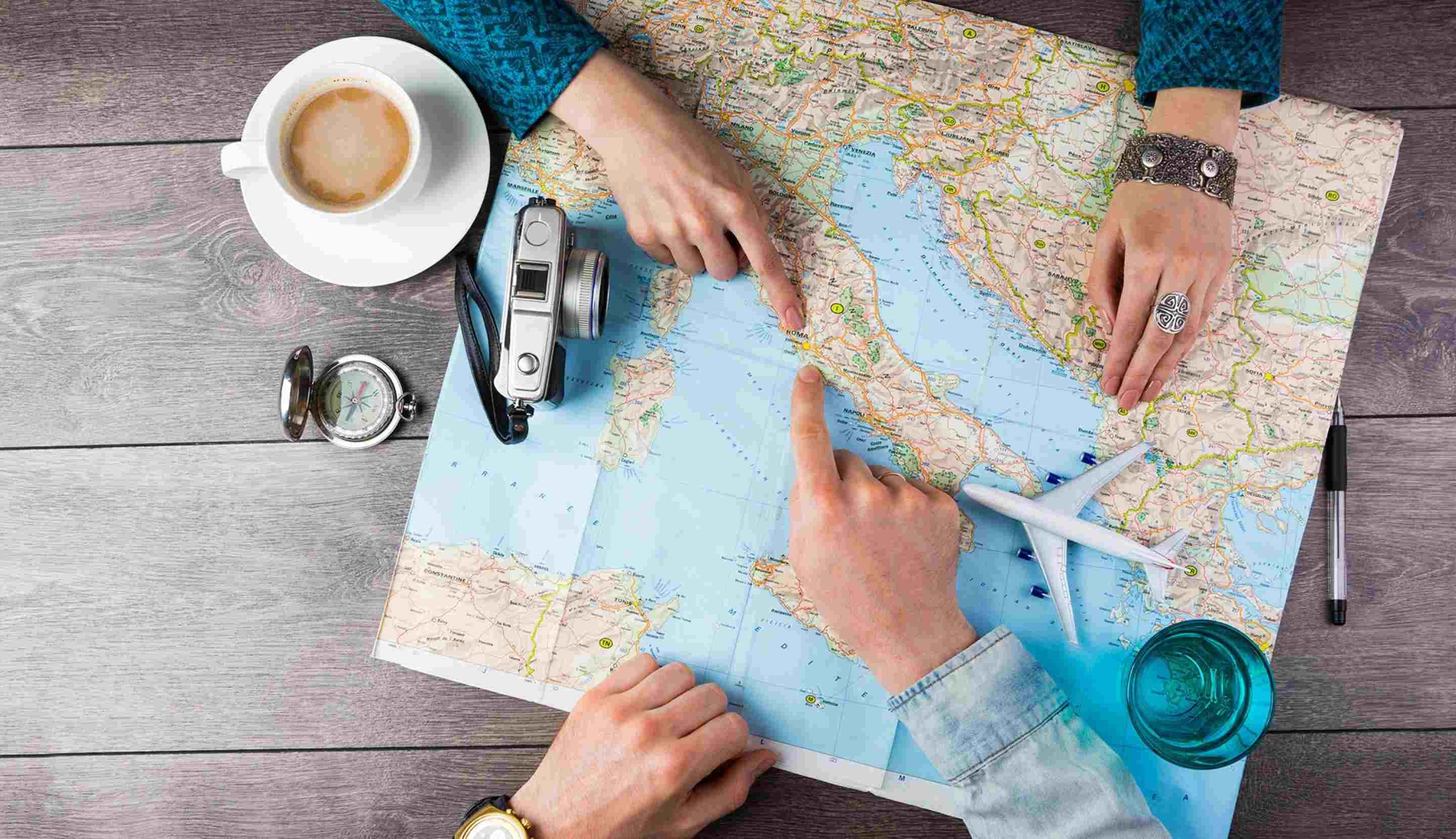Europe
Let’s take you on a quick trip around Europe and learn how to order coffee in 5 different places.
France
Coffee of choice: Espresso
If you’re planning on heading to France for a well-deserved break, or you’re just heading over there for a day for a cup of French coffee, then you’re going to want to learn how to order coffee in French. French café culture is all about the experience. French coffee is typically served short and black, to be sipped whilst watching the world go by.
French cafés rarely offer a menu, so here is how to order coffee in French.
When ordering, simply ask for coffee by saying: un café, s’il vous plaît.
To order a coffee with milk in French, simple say: un café au lait, s’il vous plait.
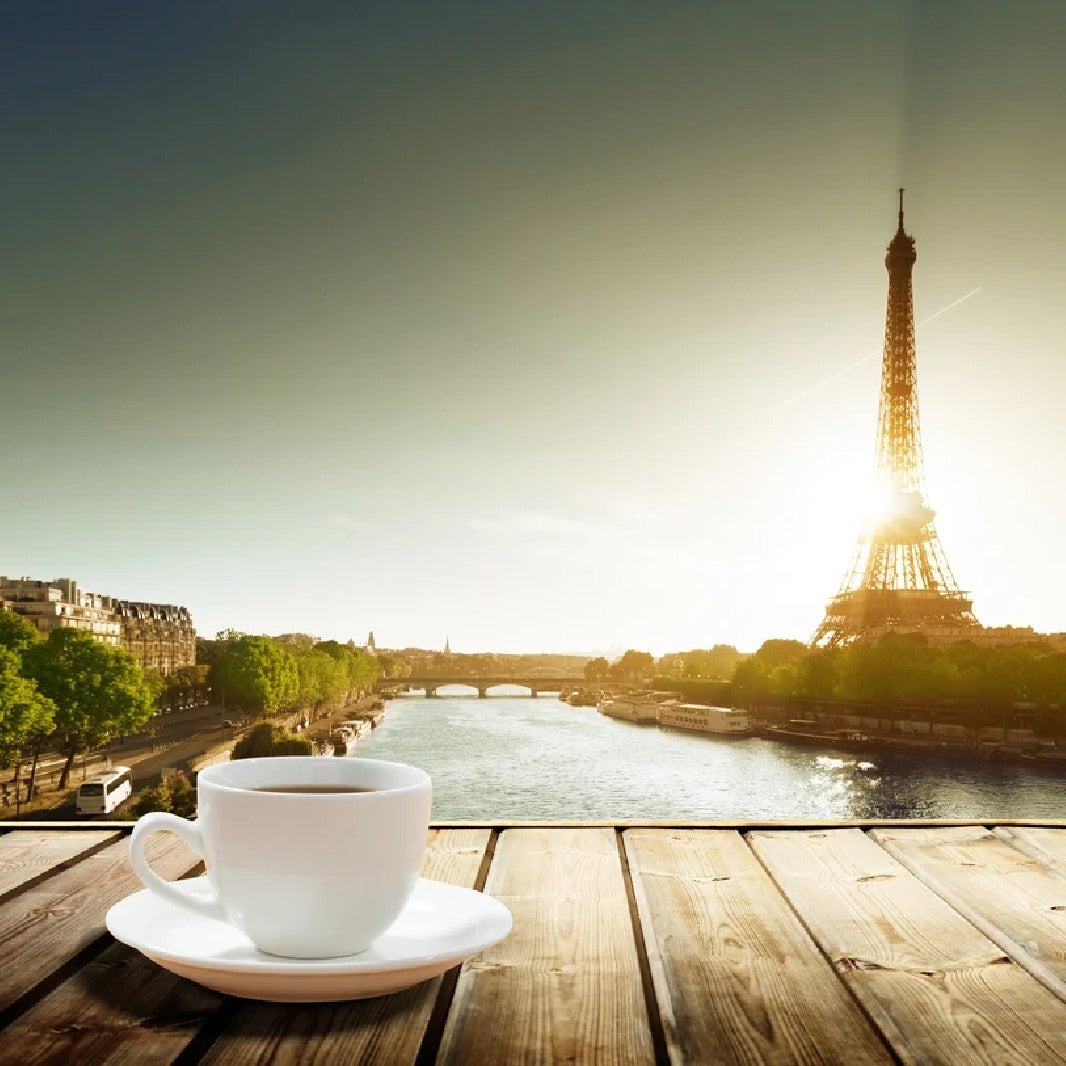
Turkey
Turkish coffee is also the default coffee drink in Greece, Russia, the Middle East and most of North Africa. The brewing involves adding super-finely ground coffee beans to water in a large copper boiling pot. Pay attention to what you get towards the bottom of your cup, as a swig of coffee grinds can be a nasty surprise.
To say ‘can I have a coffee’ in Turkish, simply say: Kahve alabilir miyim.
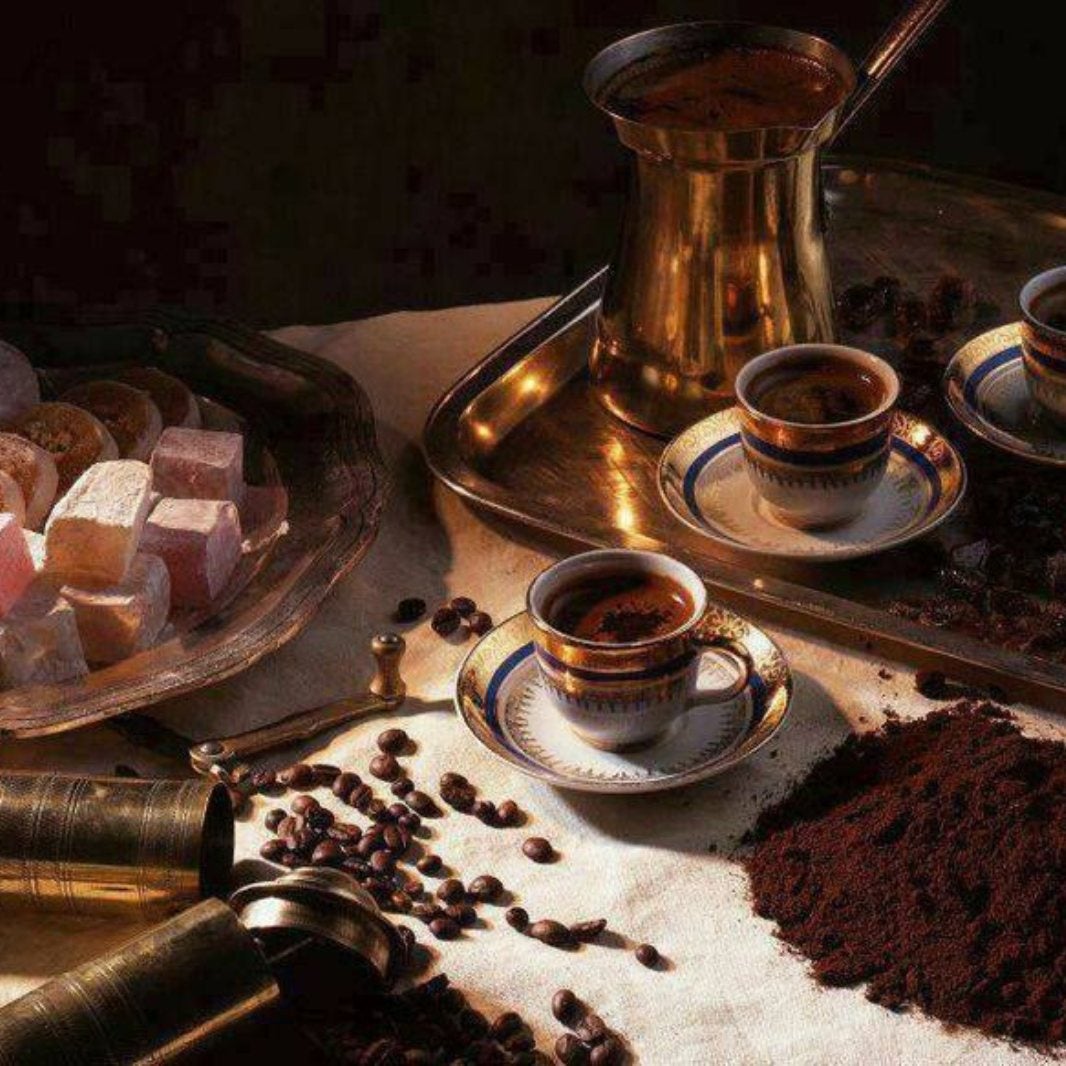
Sweden
Coffee of choice: black coffee, drip filtered
Swedish Coffee is to the Swedes what tea is to the British, and there’s seemingly no part of the day which isn’t perfect for a “fika”. Accompanied by a pastry or piece of cake. Unsurprisingly, coffee is something the Swedes excel at, and is always freshly brewed, strong and delicious. So, if you’re planning on heading to the next café you come to in Sweden, let’s help you know how to order a cup of Swedish fika.
To ask for a coffee in Swedish, simply say: Jag skulle vilja en kaffe, vänligen.
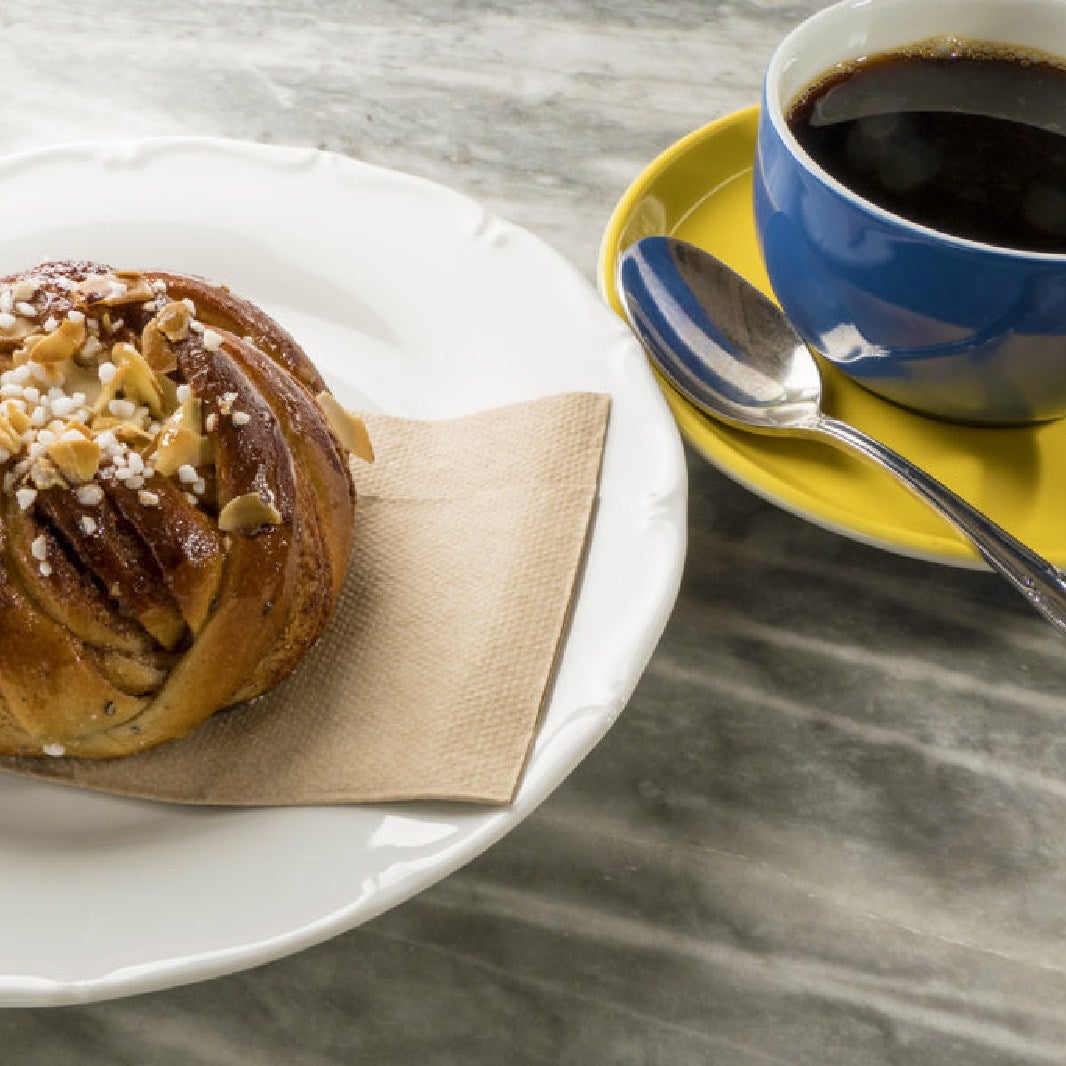
Germany
Coffee of choice: black coffee, drip filtered
If you’re planning on heading to Germany for a well-deserved break which involves a stop at a good old German café, then you’re going to want to learn how to order coffee in German. Germany has a rich relationship with coffee and particularly with filter coffee. One striking difference the American or British traveller will notice is that in Germany cafés tend to look and operate like bars and also sell beer. Germans tend to prefer lighter roast coffee to darker roasts.
To order a coffee in German simple simply say: Ich möchte einen Kaffee, bitte.
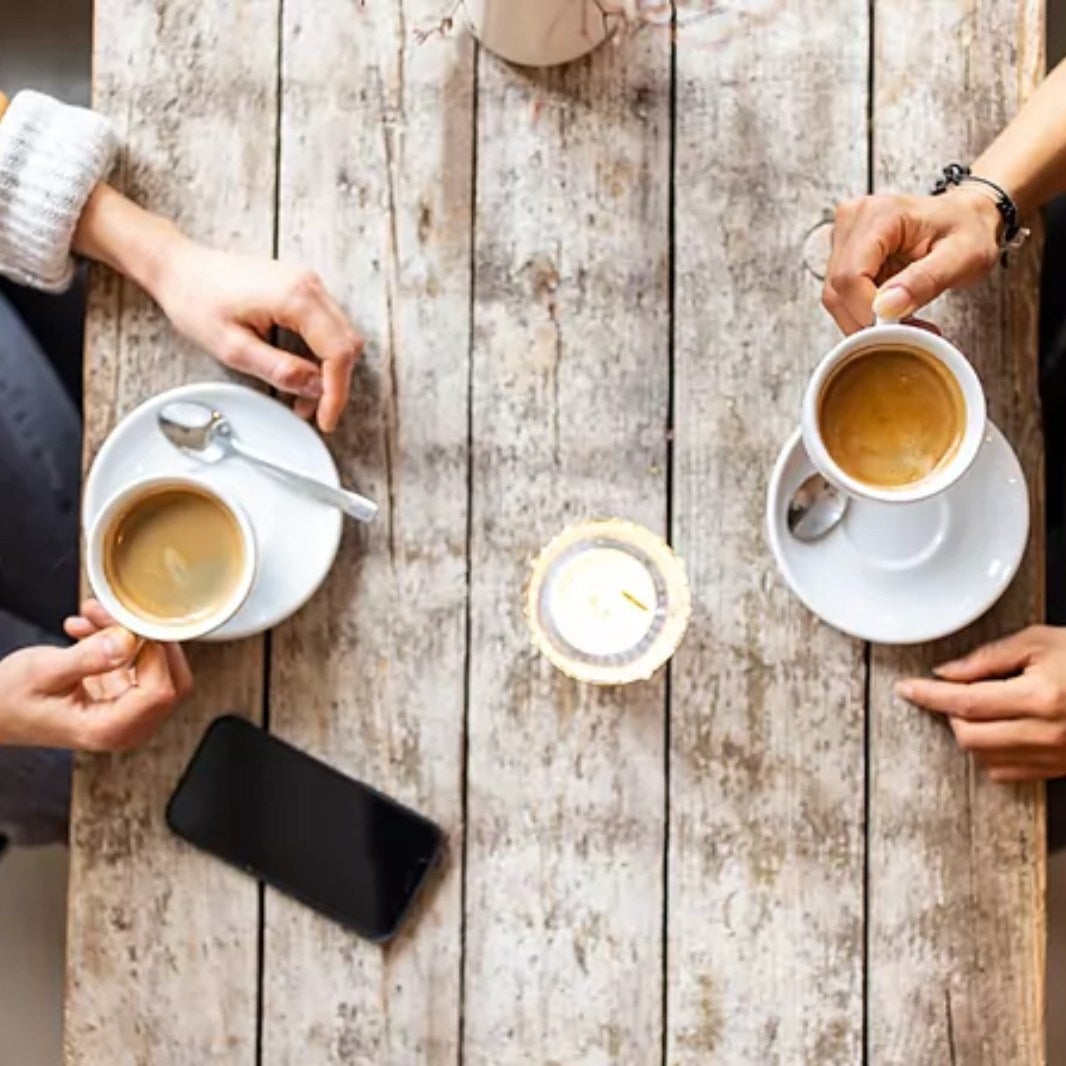
Italy
Coffee of choice: Cappuccino
Visiting Italy for its culture and coffee? Then you’ll need to know how to order coffee in Italian. Italian coffee culture mimics the situation in France a bit, as espressos are very commonly ordered throughout the day. However, some seasoned travellers warn against ordering drinks with milk after breakfast-time, as it is seen by locals as somewhat of a faux pas. But that’s not to say that you can’t have your coffee with milk after lunchtime, simply order a macchiato if you feel the need for a milky mug of coffee.
How to order coffee in Italian: Vorrei un caffé si, prega.
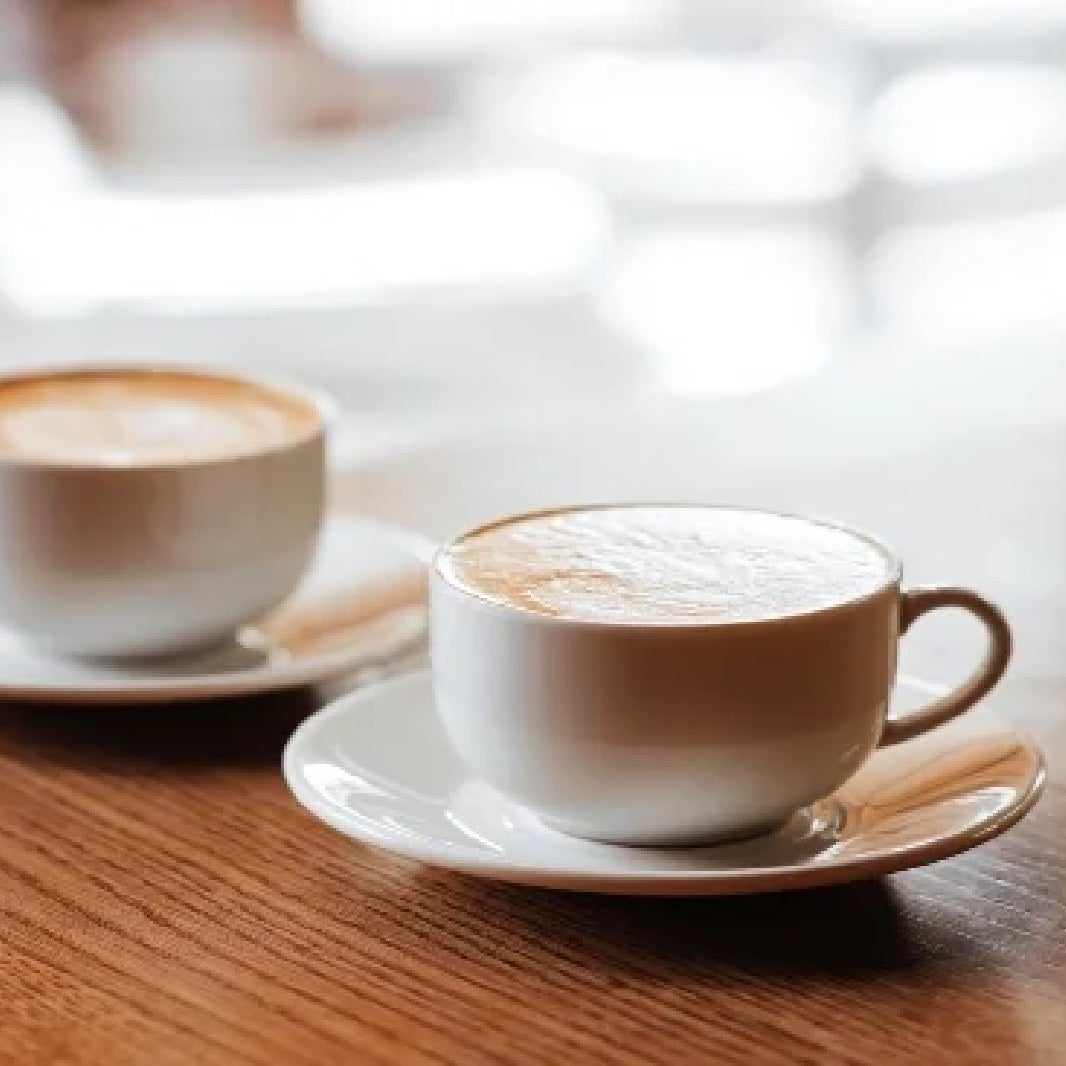
South America
Let’s take you on a quick trip around America and learn how to order coffee in 2 different places.
Brazil
Coffee of choice: Cafezinho
If you’re planning a trip to Brazil, to take in the breath-taking views and culture, then you will surely find yourself in a Brazilian café at some point. The Brazilians like their coffee straightforward with little fuss, so you won’t find many variations in coffee shops in the country. Brazilian coffee culture is very much centred around production rather than consumption, but that doesn’t mean that their coffee doesn’t taste great.
To order a coffee in Brazilian, simply say: Por favor, você poderia me trazer um café.
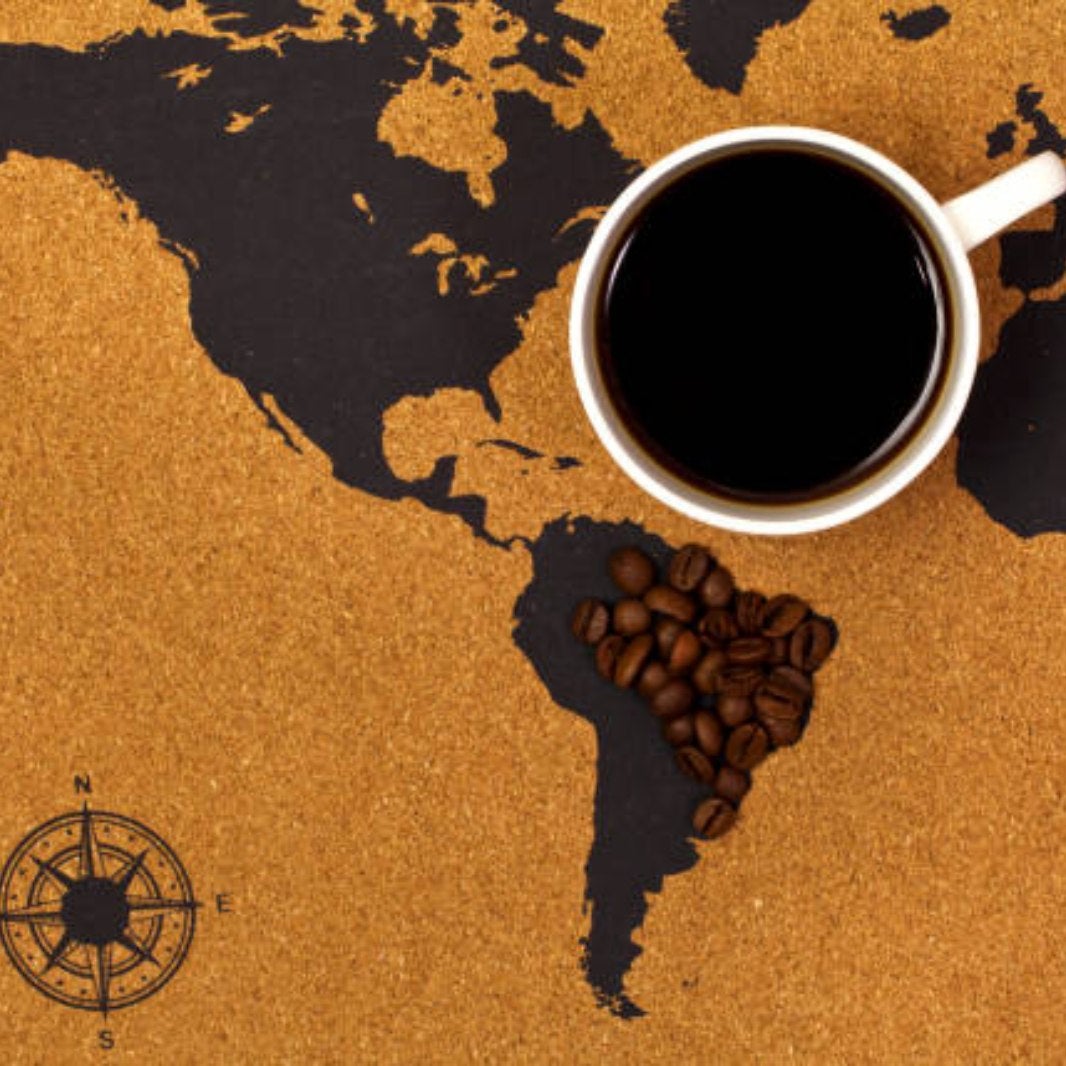
Peru
Peru is a land of natural wonders and the top of many people’s bucket lists. But, did you know that it’s also the 10th largest coffee producer in the world? Peruvians take their coffee strong, black or with a little evaporated milk, and a spoon, or two, of sugar. Peru is a land of stunning landscapes and rich culture, and if it is on your bucket list then you will most likely find yourself stopping for a rich tasting Peruvian coffee, so let’s learn how to ask for one when you’re on your travels.
To ask for a Peruvian coffee, say: Un café, por favor.
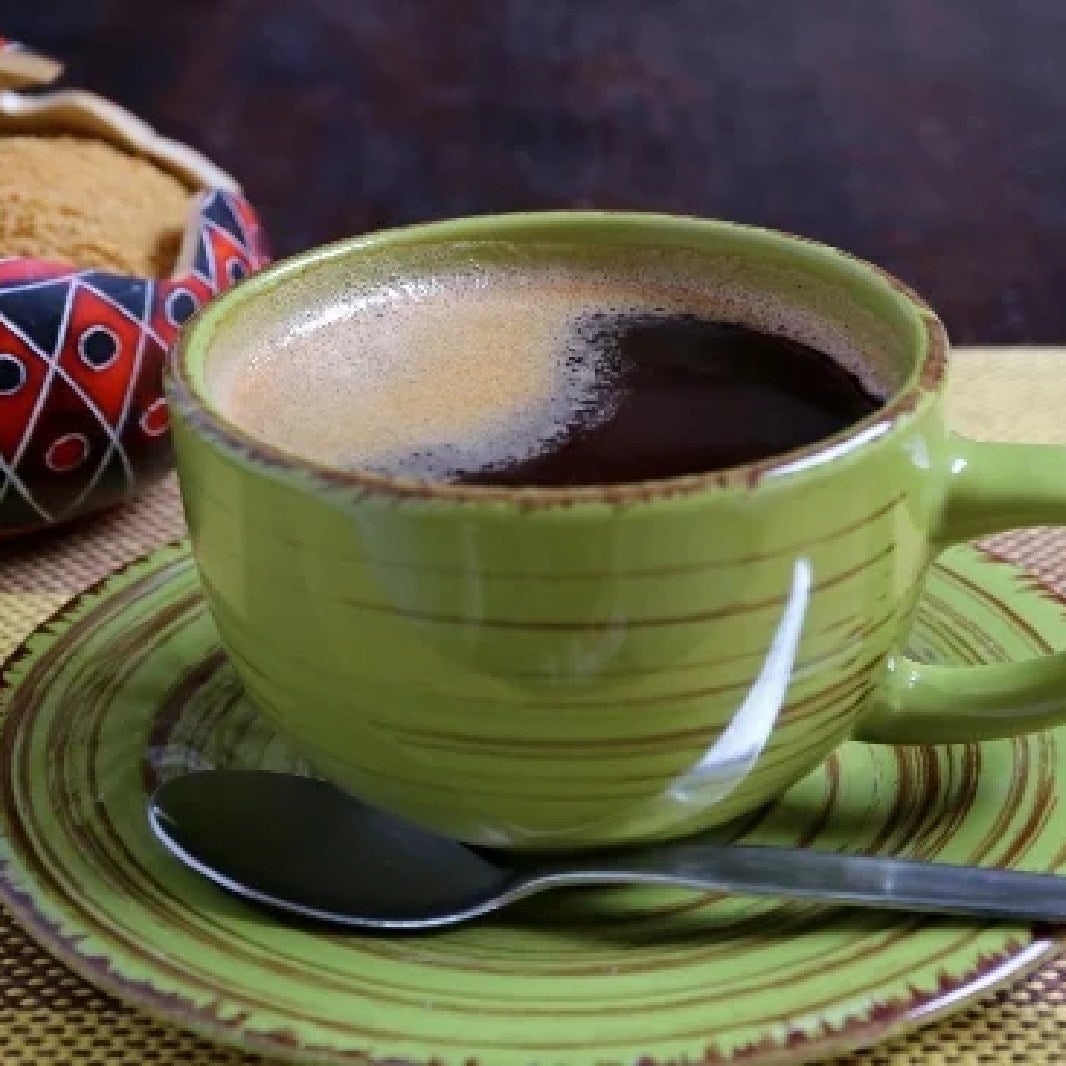
Asia
Let’s take you on a quick trip to Asia and learn how to order coffee in Japan and Malaysia.
Japan
Coffee of choice: cold brew coffee
While Japan is historically a tea-drinking country, coffee culture has been embraced in recent years. Coffee is loved all around the world and Japan is no exception. Japanese people have only been drinking coffee since the 1800s and have developed their own unique Japanese coffee culture.
How to order a coffee in Japanese: Kohi kudasai.
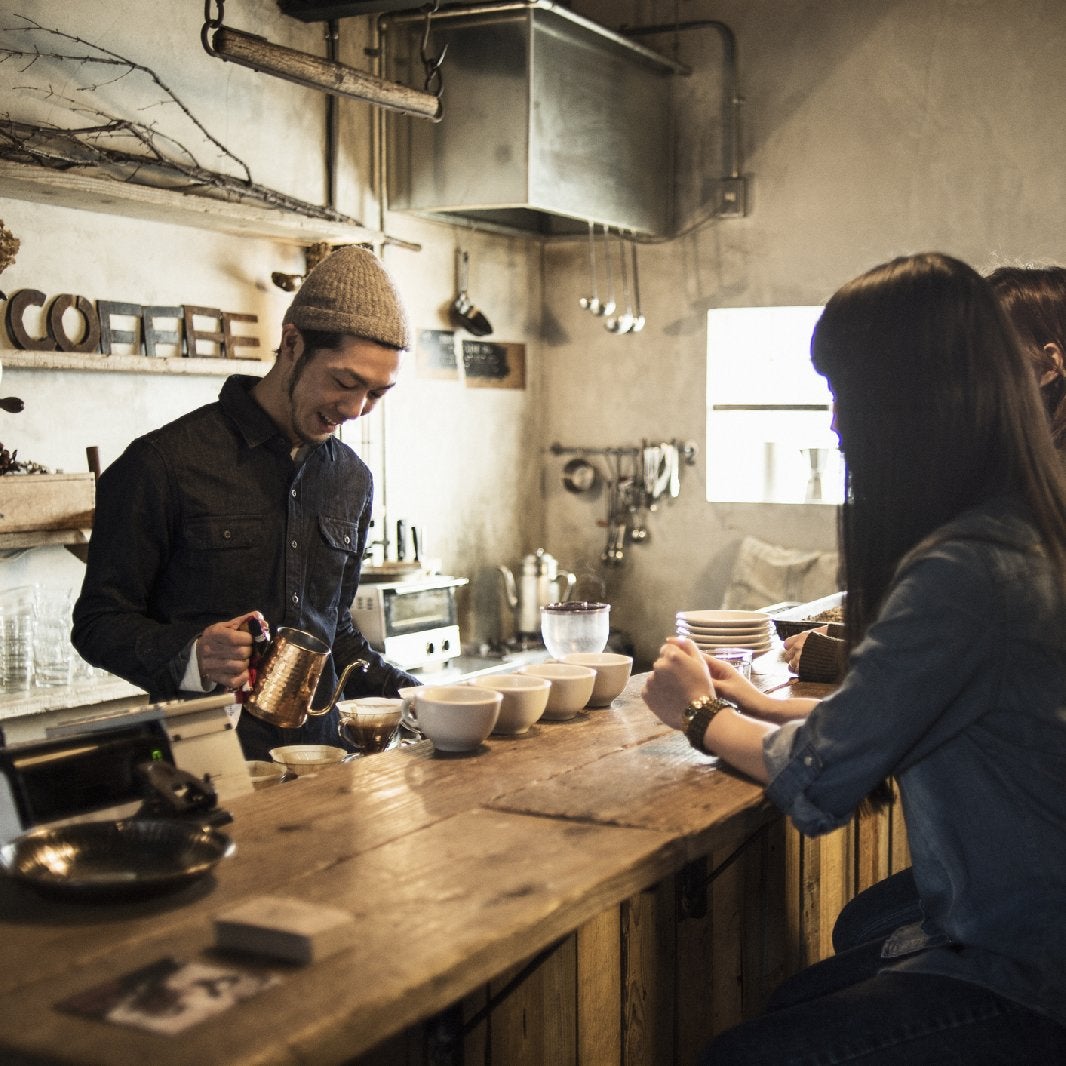
Malaysia
Coffee of choice: Kopi
Malaysia is a country that is on the bucket list of many a jet setter. Known for its stunning beaches, ancient rainforests and bustling capital, it’s no surprise that it is a hotspot for many holidaymakers. In Malaysia, ‘Kopi’ is served at the local coffee shop, called the ‘Kopitiam’, which is seen by the locals as a place for breakfast and catching up with friends. So, it would seem fitting to let you in on the know-how, for when you come to order your Kopi.
To order coffee with milk and sugar in Malaysia, say: kopi panas tiada gula, tiada susu.
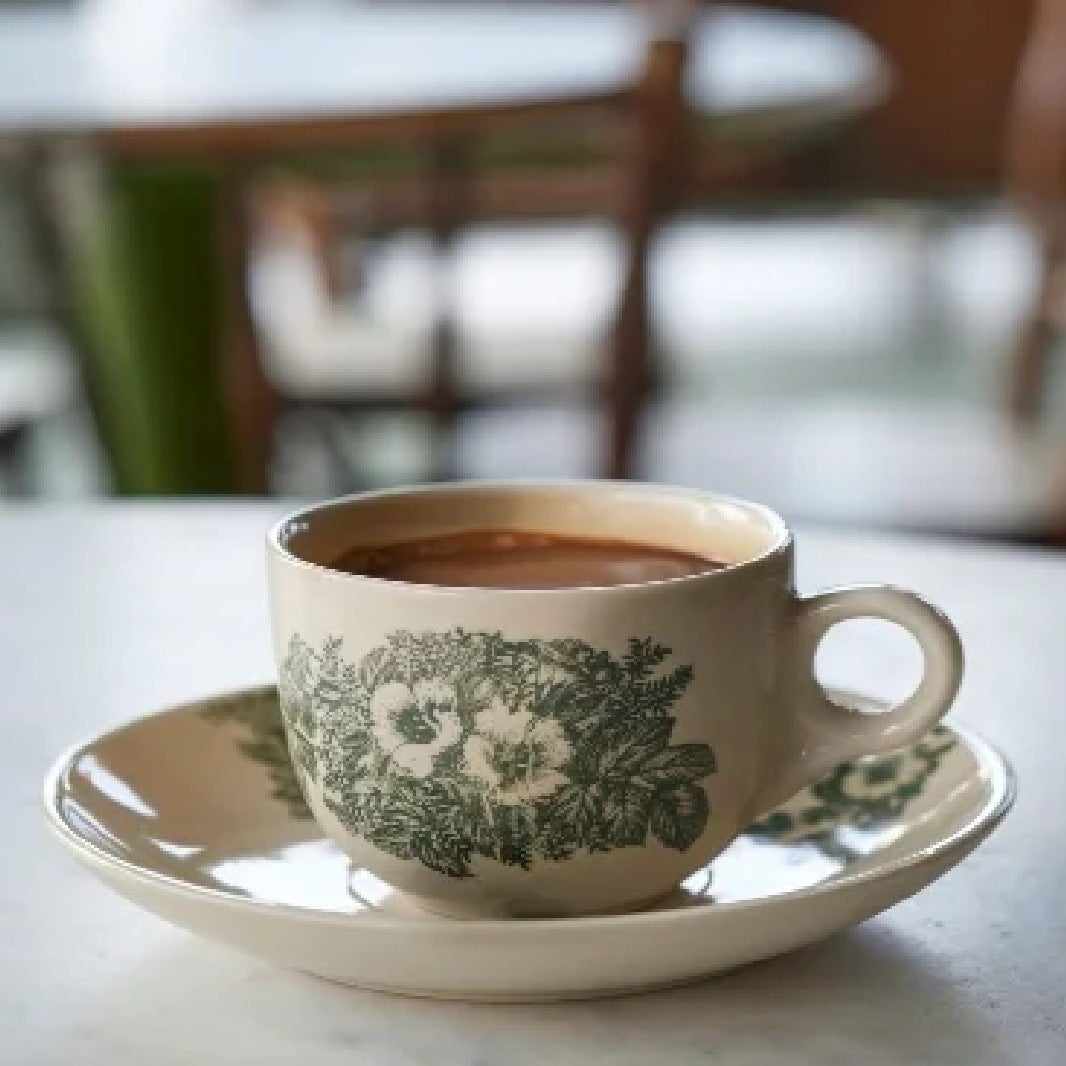
Africa
Let’s take you on a quick trip to Africa and learn how to order coffee in non-other than Ethiopia.
Ethiopia
Ethiopia is the sole home of many wild coffee varieties. Ethiopia is widely considered the birthplace of Arabica coffee, endowed with a rich variety of coffee and diverse origins. Ethiopia has successfully offered premium Ethiopian coffee beans for hundreds of years. Coffee plays a massive part in Ethiopian culture and is a way to slow down and engage with friends and neighbours, which birthed the communal tradition called ‘Buna tetu’ which translates to ‘come drink coffee’. Virtually everywhere in Ethiopia, you’ll see little trays, that are stocked with hand crafted mugs, ready to serve authentic Ethiopian coffee.
To order coffee in Ethiopia, simply approach and say: andd bunna.
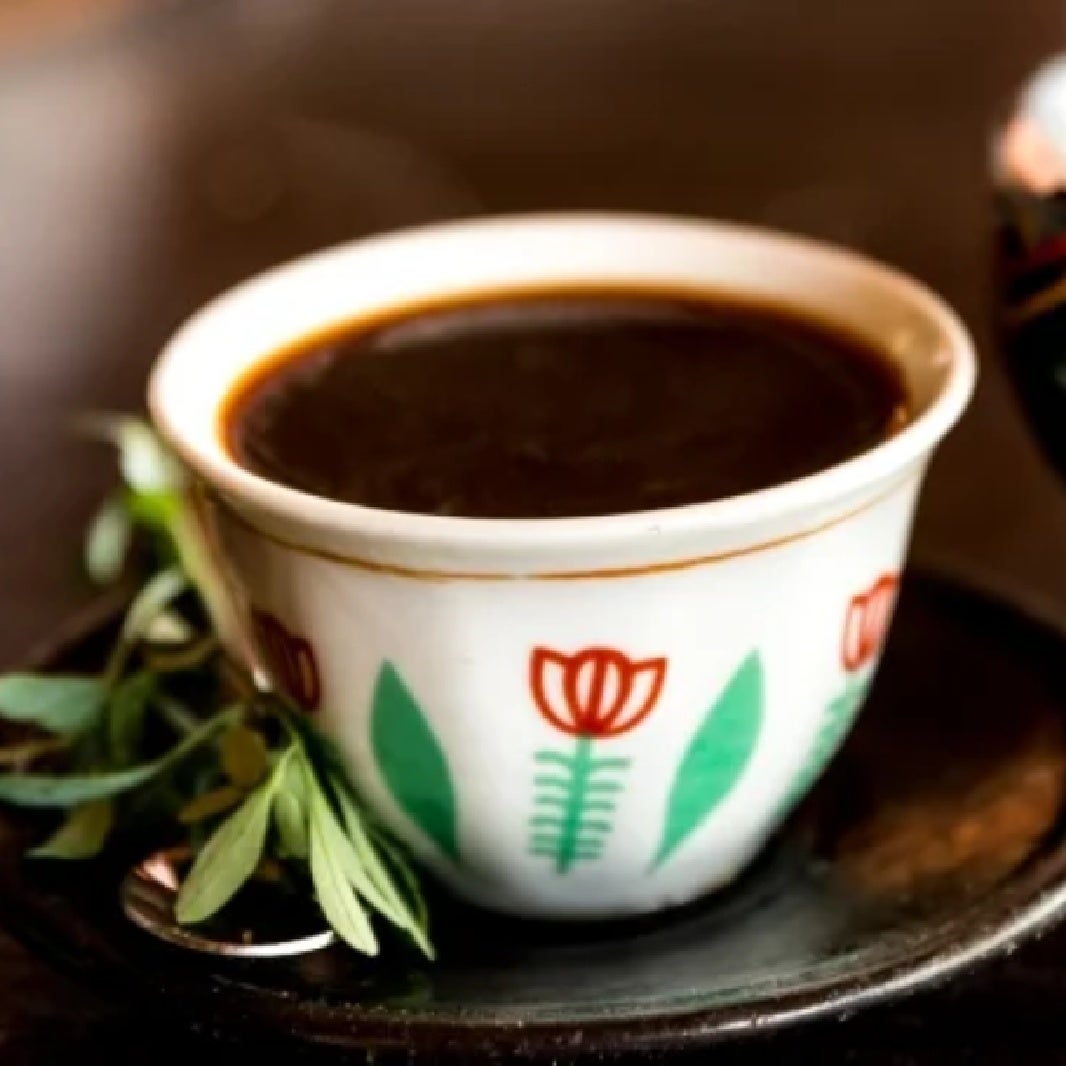
Oceania
Let’s take you on a quick trip to Oceania and learn how to order coffee in Australia.
Australia
Coffee choice: long mac
This may seem like an obvious one, but trust us, it isn’t. Here is what you need to know before you order a cup of coffee in the land of Down Under. Filter coffee is largely uncommon in Australia. You’ll rarely find drip or filter coffee at cafes, and if you do the locals won’t be ordering it.
The most common drink that is ordered in Australia is a long macchiato. Traditionally, a macchiato is just a single shot of espresso with a dollop of steamed milk served in a small glass; however, a “long mac” includes two shots of espresso instead.
To order a coffee like a true Aussie ask for: a double shot flat white.
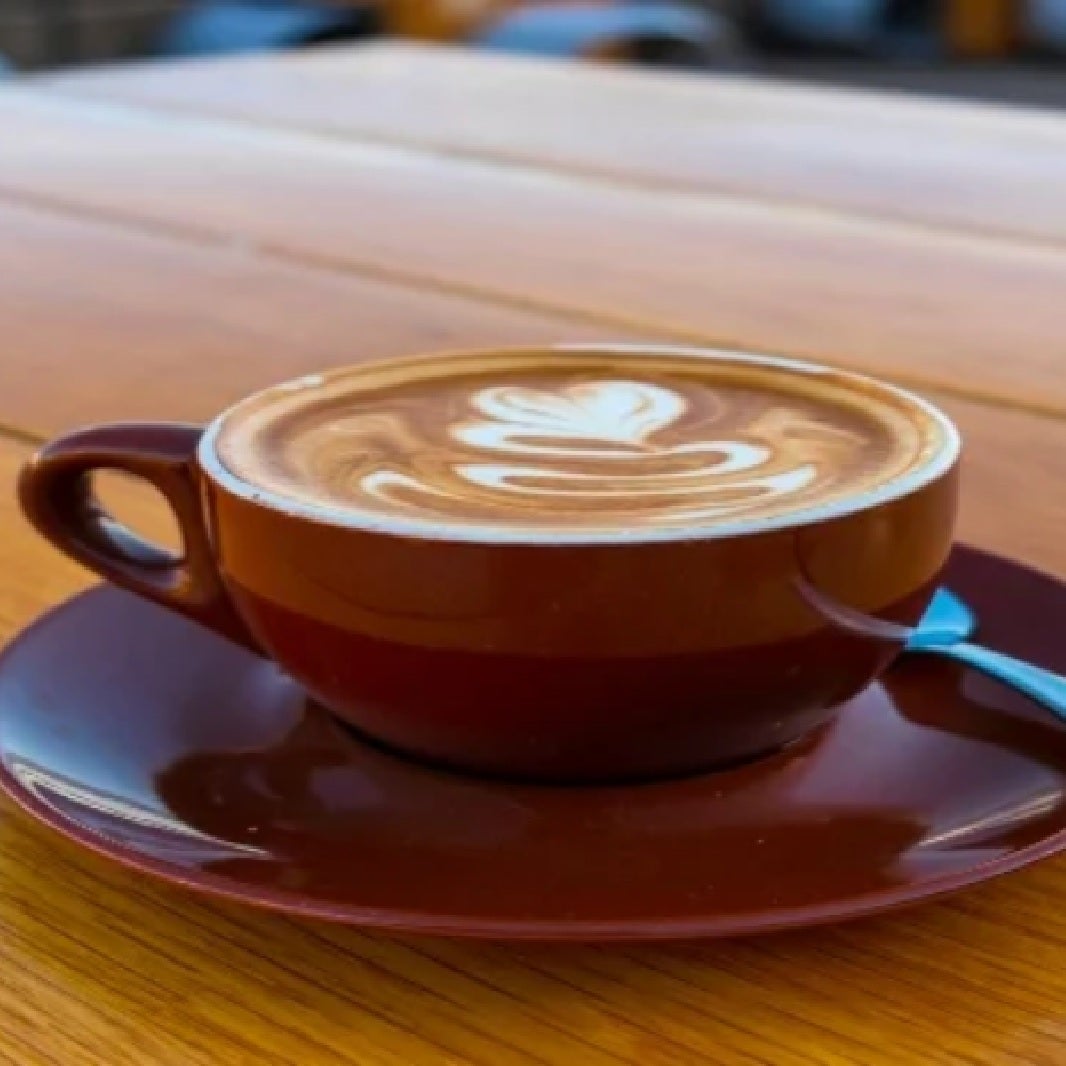
That’s our trip around the world complete, we hope that’s given you a few phrases to add to your traveller’s pocket book. If you want to learn more about world coffee and the history behind all of it, head over to our coffee and travel page and immerse yourself in a fully multi-cultural coffee experience.


Join the My Perks community!
Enjoy prizes, discounts, expert tips, recipes, exclusive offers and more with My Perks.

